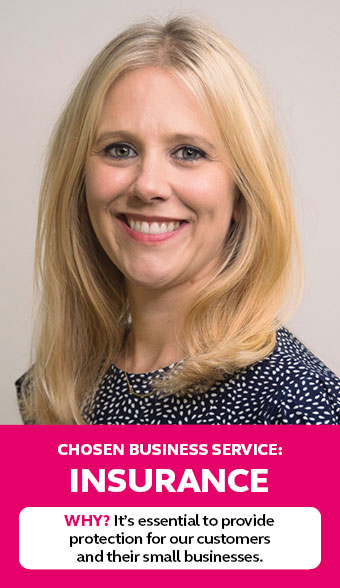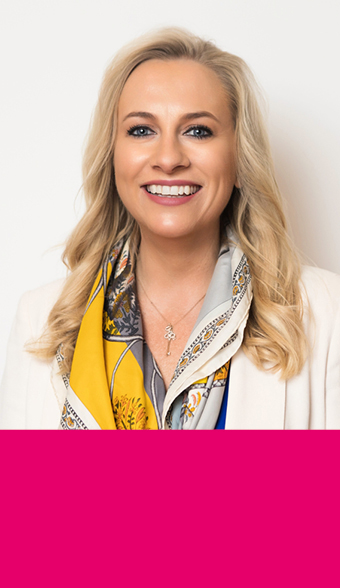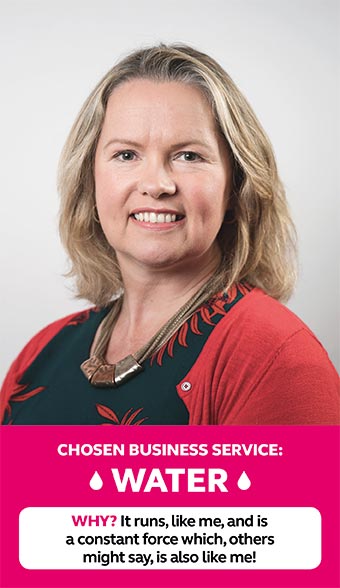
Welcome to the first in a new series of blog posts featuring updates and thought leadership from Verastar’s senior leadership team.
In this post, our Chief Operating Officer James Mitton outlines the key lessons from managing 160,000 business customers during the pandemic and explains how organisations can remain agile in a rapidly changing environment.
Back in March 2020, when the rhetoric and urgency around Covid-19 changed overnight, businesses of all shapes and sizes bent over backwards to adapt.
Some managed with few problems while others struggled to survive the impact.
As business leaders it’s our responsibility to learn from the pandemic and become more flexible and resilient. We can be excused for not being ready last time, but if a similar event were to happen in future then our businesses must have a game plan and the ability to roll it out at a moment’s notice.
At Verastar, our customers – mostly small businesses – rely on us to provide the essential services like utilities and telecoms which they need in order to operate.
I’m proud of how Verastar handled the initial lockdown and subsequent months of uncertainty, but it has not been without challenges, and we owe it to our customers to learn the lessons of the last year and to continuously improve as a business.
Lesson 1 – Workforce mobility = business continuity
The world has become mobile, but businesses have not always reflected this change and invested in technology for their workforce. So, in future we’ll replace our PCs with laptops as standard when they come up for renewal, making our business continuity plans more flexible and robust. Our goal is to have 100% of our 900-strong team using laptops.
Last March we managed to move our entire business from being completely office-based to having almost everybody working from home in the space of a week. It was an incredible effort from our IT team. Working together as a business we got everyone up and running, but it wasn’t easy. In future we want to be more mobile and more agile ahead of time.
But it’s about more than just your hardware, it’s also about culture. It’s about being able to run things like training, coaching, onboarding, internal communication and performance management remotely. Try to flush out the issues with these in normal time so they work during an emergency.
Lesson 2 – Open lines of communication
When the pandemic struck, one of our first thoughts was customer communications.
We edited our website, emails, phone conversations and other correspondence to demonstrate that we were still there for our customers. We helped by signposting information about available support or the latest advice on loans and funding.
Our customers are small businesses that generally don’t have finance and legal departments to decipher complex government policies. Our aim was to simplify the information by putting everything relevant in one place. This information was also available to our customer service advisors, to pass on to customers on the phone when necessary.
We want to do more of this going forward, providing useful resources to customers and making our communications and customer touch points more seamless, more digital and available 24/7/365.
The pandemic has pushed us further and faster along this journey and confirmed the importance of developing the right digital tools to support our customers. As a result we’re reviewing our five-year plan to look at how we can make more significant investments in digital platforms that enable more effective two-way communication with our customers.
We’ve already made significant improvements to our customer self-service portal and introduced payments over our interactive voice response system (IVR), but we want to offer much more, including:
- End-to-end fault diagnostics for broadband, landline and mobile
- Automated systems to arrange call diverts 24/7/365
- Process automation for certain customer requests
- Additional support to help customers with meter readings to ensure bills reflect usage
- The use of chatbots that can run 24/7/365 to help answer certain questions
- Deploying artificial intelligence software to direct customers to the right team
Consider what tools you can implement to reduce friction and enable greater levels of communication with your customers.
Lesson 3 – Flexibility makes the difference for customers
Flexibility means different things to different businesses, but during the pandemic it was our ability to change and adapt that truly made the difference.
During the past year it has been tough asking customer to pay their bills, knowing that they may be suffering as a result of the pandemic. Whilst we can be flexible on repayments, with more than 160,000 business customers consuming services, we couldn’t just waive them altogether. We still need to pay our suppliers and the 900 colleagues that make our service delivery possible.
As a result, we listened and changed our approach to the way we collected debt. By quickly adopting a new system, we were able to put qualifying businesses on a payment plan outside of normal processes. This ensured that they didn’t receive debt letters and were able to make agreements to pay back over a different timescale.
In the B2B services marketplace, flexibility is a key attribute for suppliers. Whether that’s on terms, payments, products or services, business customers want their suppliers to be able to adapt to changing circumstances within the market. That’s why we’re looking to extend our contact centre opening times to cover core/peak hours for businesses like takeaways and other hospitality venues, which make up a good chunk of our customer base. We’re looking at whether third-party support could help us to cover these gaps.
It’s clear that customers would like more flexibility in increasingly challenging times and so businesses should look to implement more flexible technology and processes to meet those needs.
Apply these lessons to colleagues, as well as customers
Finally, each of these three lessons also applies to how you approach your workforce. We may not see the cost of the mental health impact of the pandemic until later, but being fully communicative and flexible with your employees ultimately helps them maintain a positive outlook. This in turn helps them to look after customers.
We’re looking at additional processes we could put in place to support vulnerable colleagues going through difficult times. Having a vulnerable colleague team and mental health first aiders to provide that additional level of support is something we’ll certainly consider.
















